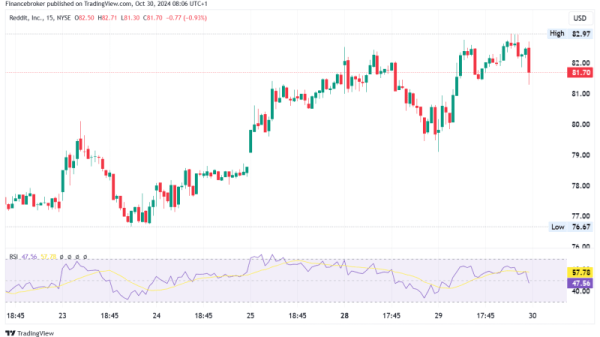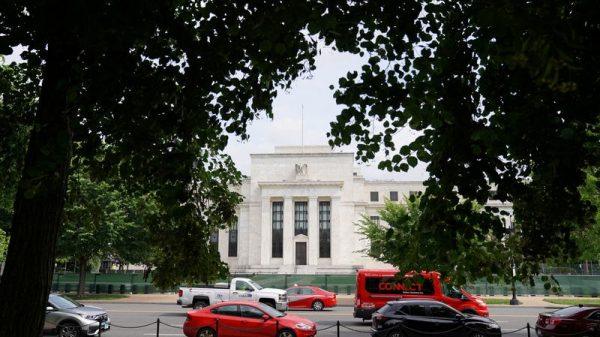By Mark Miller
(Reuters) – The next U.S. president and Congress will need to tackle the financial challenges facing Social Security if we are going to avert a sharp cut in benefits to the 68 million retired or disabled Americans who rely on the program.
Social Security’s combined retirement and disability trust funds are on track to be depleted in 2035, according to the program’s trustees. If we reach that point, we will be confronting a drastic across-the-board benefit cut of roughly 17%.
How would the two major-party candidates for president handle the problem?
Neither Democratic candidate Kamala Harris nor Republican candidate Donald Trump has articulated a specific plan for fixing Social Security – but here is what we do know as the U.S. election on Nov. 5 approaches.
TRUMP AND THE REPUBLICANS
Trump has made several campaign proposals that would hasten the insolvency of the two trust funds by three years, according to an analysis by the Committee for a Responsible Federal Budget (CRFB), a bipartisan organization focused on federal fiscal policy. Using a separate projection from the Congressional Budget Office, CRFB calculates that insolvency would arrive much sooner, in 2031.
Among the Trump campaign’s proposals and the CRFB’s conclusions:
– Eliminate taxation of benefits: Higher-income beneficiaries pay income taxes on part of their benefits, and those dollars flow into the Social Security trust funds. Eliminating this tax would cost the program $950 billion over 10 years, according to CRFB.
– End taxes on overtime and tips: This would reduce payroll tax collections, also costing Social Security $950 billion over 10 years, CRFB said.
– Restrict immigration, impose tariffs: These moves would reduce the number of immigrant workers paying in to the Social Security trust funds, CRFB said. Tariffs would either increase cost-of-living adjustments through higher inflation or reduce taxable payroll due to reduced economic activity. Taken together, CRFB said the trust funds would take a $400 billion hit over 10 years.
The finding on immigration undercuts Republican claims that illegal aliens are sapping federal programs. Trump made a false claim about this during his June debate with President Joe Biden, saying, “Social Security, he’s destroying it, because millions of people are pouring in to our country, and they’re putting them onto Social Security.”) Trump ads running in swing states, which are likely to decide the election, are also making false claims about this.
The financial reality is quite different. CRFB notes that immigration expands the economy and the base of workers paying taxes in to Social Security. Undocumented workers often obtain jobs by using fake or borrowed Social Security numbers, but usually do not receive benefits.
Trump has said he would not cut benefits – but that alone will not avert the approaching cuts. And the broader Republican Party is on record as supporting benefit cuts to solve Social Security’s problems.
Project 2025, the governing blueprint for a second Trump administration produced by the Heritage Foundation, does not address Social Security reform. However, the foundation supports boosting the retirement age to 69 from 67, with further increases indexed to U.S. life expectancy.
Everyone born in 1960 or later already has taken a benefit cut of roughly 13% due to the reforms of 1983, which phased in an increase in Social Security’s full retirement age to 67 from 65. Raising the full retirement age further, to 69, would result in another average cut of 13%, according to the Congressional Budget Office.
Like the earlier reforms, those changes would be phased in over time, exempting older workers. But they would hit today’s younger workers with full force.
HARRIS AND THE DEMOCRATS
Harris has promised not to cut benefits, and has indicated support for restoring trust-fund solvency with new taxes on the wealthy. Congressional Democrats have proposed legislation that would change the current cap on the amount of wages subject to payroll taxes ($168,600 this year) by adding a new tier of payroll taxes for higher-income Americans or identifying new sources of revenue. These would include taxes on investment income, and Harris supported those ideas when she served in the Senate. At the time, she also supported Democratic legislation that would raise revenue to modestly increase benefits.
Like Trump, Harris supports eliminating taxes on tips, although she coupled that with a call for higher minimum wages.
But it is clear where her party wants to go on Social Security. Democrats have proposed legislation that would address solvency by adding a new tier of payroll taxes for higher-income Americans, or by identifying new sources of revenue, such as taxes on investment income. Some of their proposals also include modest increases in benefits.
Polling data shows that very few (22%) know “a lot” about the plans of the two candidates for Social Security, and one-third of voters know “nothing at all.” It is difficult to understand why it has not been a bigger issue in the campaign, especially for Harris – the polling tells us that voters overwhelmingly support increasing benefits, or keeping them at their current level.
“In the policy world, there are plenty of proposals for addressing the problem,” said Maya MacGuineas, CRFB’s president. “But then you move into the political environment and there’s a gag rule.”
The opinions expressed here are those of the author, a columnist for Reuters.





































